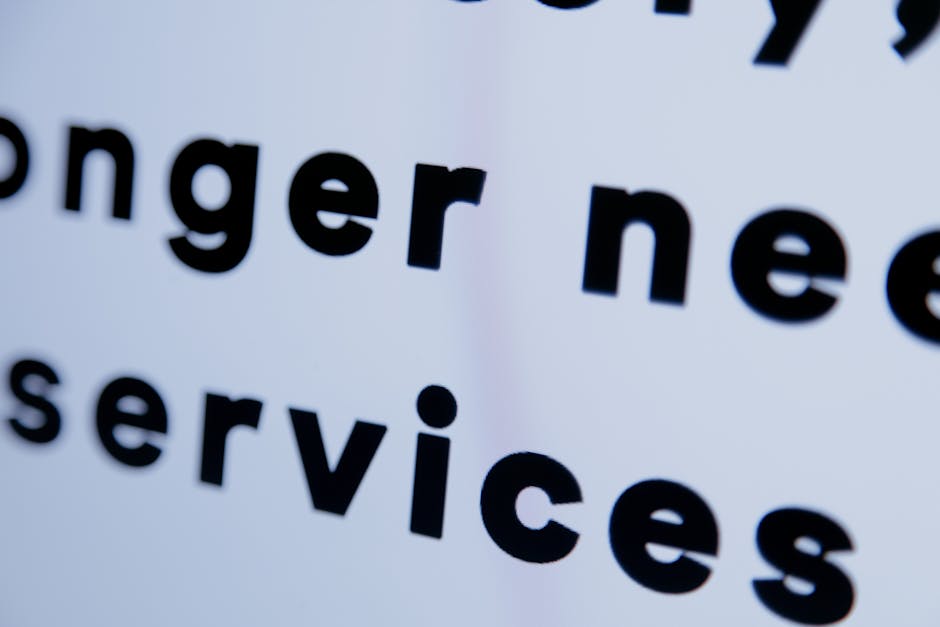Responsive Design for Multiple Orientations

Responsive design is crucial for apps to seamlessly adapt between portrait and landscape orientations. California's UI designers focus on flexible layouts that dynamically adjust to various screen sizes, ensuring consistent functionality and aesthetics.
The challenge lies in creating an interface that effectively utilizes the available space in both orientations. California's forward-thinking UI designers often prioritize touch targets and navigation elements to optimize user interactions. Besides layouts, typography and imagery must also respond to orientation changes. Mastering this is essential to delivering a top-notch user experience, a standard expected from California's competitive UI design sector.



















